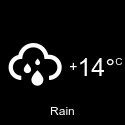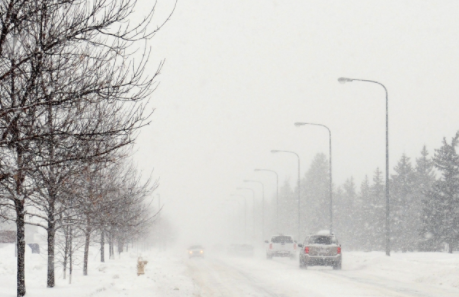(NC) Driving in sleet, snow and ice can be tricky for even the most experienced drivers. But if you’re just learning or new to Canadian winters, it can be even tougher. Whether you’re a seasoned pro or newbie when it comes to winter driving, check out these winter driving tips to learn something new and stay safe on the road this season.
ㆍ Driving position
It’s easy to underestimate the impact of how you sit on your line of sight and control of your vehicle. Position your seat so your knees and elbows can maintain a slight bend. When your shoulders are against the back of the seat, your wrists should comfortably rest on the top of the steering wheel. Bulky winter coats can interfere with your ability to move easily and react quickly, so opt for something less bulky when driving.
ㆍ Turning safely
Turning in bad weather requires extra attention. Before turning, slow down while travelling in a straight line. While turning, maintain a slow and regular speed. If you accelerate suddenly, your tires could lose traction. While turning, don’t make any sudden steering wheel movements.
ㆍ Braking carefully
Try to avoid sudden braking in winter weather. Only brake in a straight line before the turn, and do so gradually. Don’t brake during the turn. Increase your following distance from other cars significantly. If your wheels lock and slide, release the brake pedal to recover traction, then slowly brake again.
ㆍ Use winter tires
While all-season and all-weather tires perform well in a range of conditions, winter tires are made from a specific rubber compound that provides better grip, traction and braking in extreme weather such as wet roads, snow, slush and ice. For maximum safety and performance, try Michelin X-Ice Snow tires that have been tested and proven in Nordic test centres under the most rigorous winter driving conditions. (Source: News Canada)





